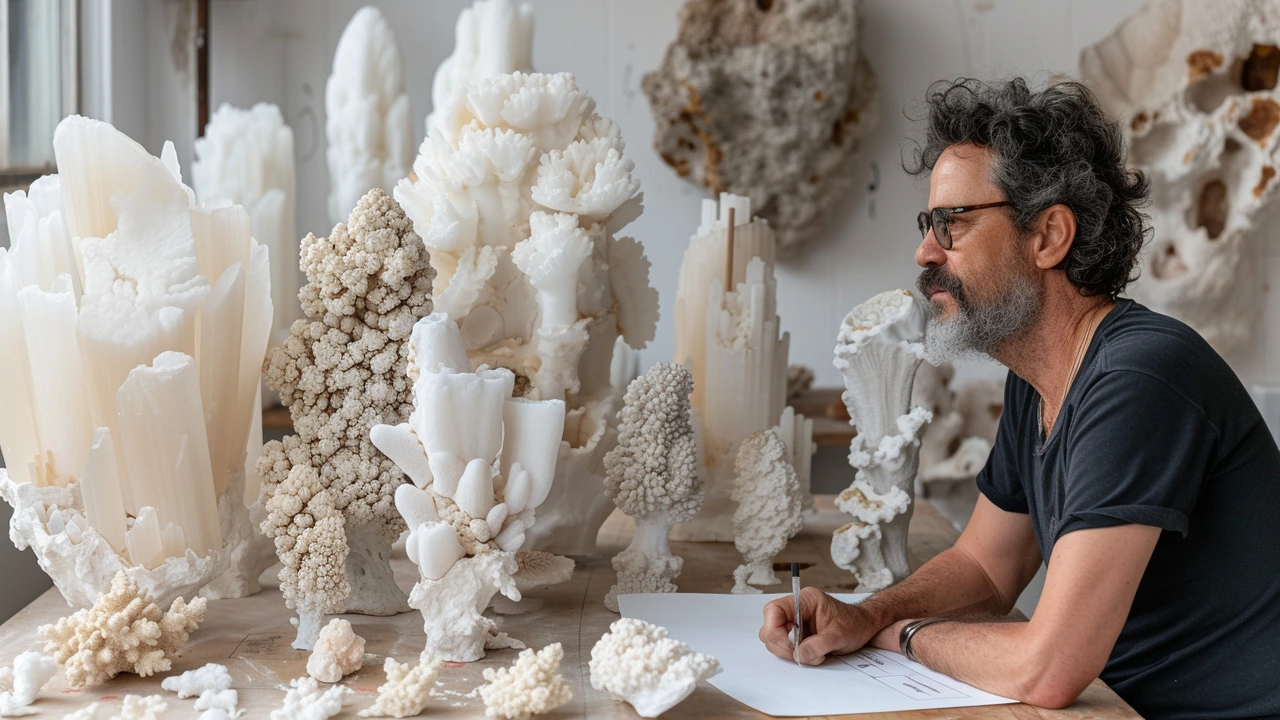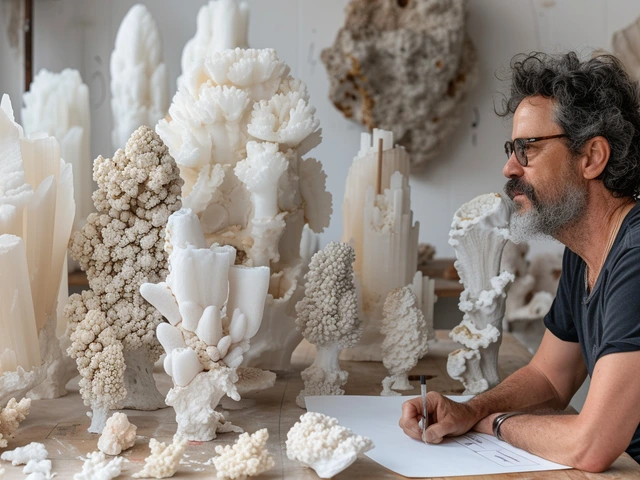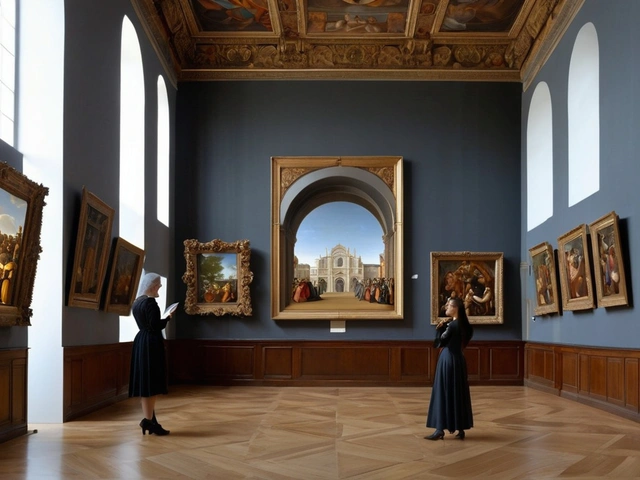Absorbing Glory of Baroque Design
Allow me, Arthur, your trusted architecture enthusiast, to take you on a voyage through one of the most captivating and artistically rich eras of architectural design - the Baroque period. This period, spanning from the late 16th century to the 18th century is an effulgent testament that artistry is more than just a pencil sliding on paper or a chisel on stone; it's as if the artist breathed life into their works.
The name 'Baroque', derived from the Portuguese "barroco", an irregular-shaped pearl, befits the movement perfectly – extravagant, ornate, and shamelessly ostentatious. Just the term instantly brings to mind the grandeur of buildings like St. Peter's Basilica in Rome or Versailles in France; works of art draped in gold, with larger-than-life statues, grand scale frescos, and details so intricate, they astonish even the most seasoned of art critics.
Deconstructing the Intricacies of Baroque Architecture
Wading through the sea of ornamentation, you'll notice that the architecture embodies an incredible sense of movement. Baroque architects played a splendid symphony with light, shadow, and curves, to create dynamic, illusionistic, and emotionally-charged spaces. Illusion was their craft, leading the eye to believe in the reality of painted figures on domed ceilings soaring to the heavens or that painted architectural details were indeed physically real.
The technique called trompe-l'oeil was widely used in Baroque architecture. This artistic bluff is meant to trick your eyes into perceiving a painted detail as a three-dimensional object. If you've ever gazed at an architectural marvel from the Baroque period and marveled at its three-dimensional majesty, you've likely witnessed trompe-l'oeil at work.
Standout Features of Baroque Masterpieces
Aside from illusionary techniques, some other Baroque characteristics set this architectural style apart. Features such as opulent decorations, long, sweeping facades, curve-infested designs, grand staircases, and domes that reach out to the sky are all classic Baroque. It's as if the world was a canvas, and Baroque artists wielded their brushes with pure, unadulterated creative freedom.
I recall, some years ago, standing beneath the dome of the grand St. Peter's Basilica, staring awestruck at the frescoes painted by Michelangelo. I felt an inexplicable rush of overwhelming emotions - much like standing toe to toe with a mighty wave of artistry. It was then that I realized the power that architecture holds – its ability to inspire, to stir emotions and evoke awe and wonder in its spectators.
Baroque Architecture Influence on the Modern World
Even though the Baroque period lasted for a few centuries, its influence still resonates in the contemporary architectural world. Elements of Baroque style continue to inspire architects, artists, and designers, tangoing with modern-day aesthetics to create a compelling fusion of new age efficiency and old world charm.
Something exciting happens when the old meets the new, often resulting in a dance of design that highlights the best of both worlds. Examples include the Guggenheim Museum Bilbao with its titanium-clad curves or the inside of the Sagrada Familia with its forest of columns. Even in our own Birmingham, the Birmingham City Council House with its imposing grandeur showcases a style deeply reminiscent of Baroque architecture.
As we journey forth, in the ever-evolving world of art and architecture, the fascinating legacy of Baroque continues to school us, reminding us that in the world of design and architecture, there are no rules, only creativity unbounded. Let's take this lesson to heart and appreciate the beauty of Baroque that continues to shape our skyline and artistic sensibilities.





